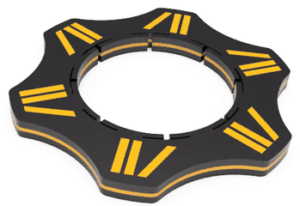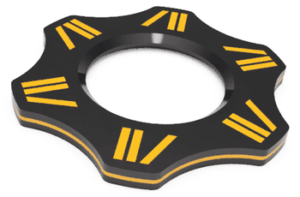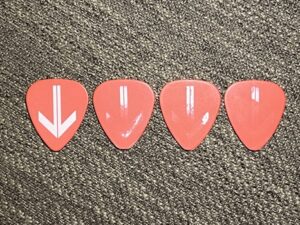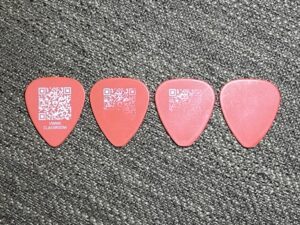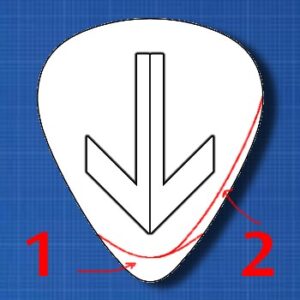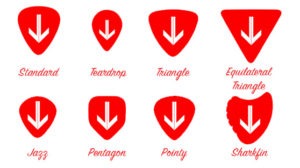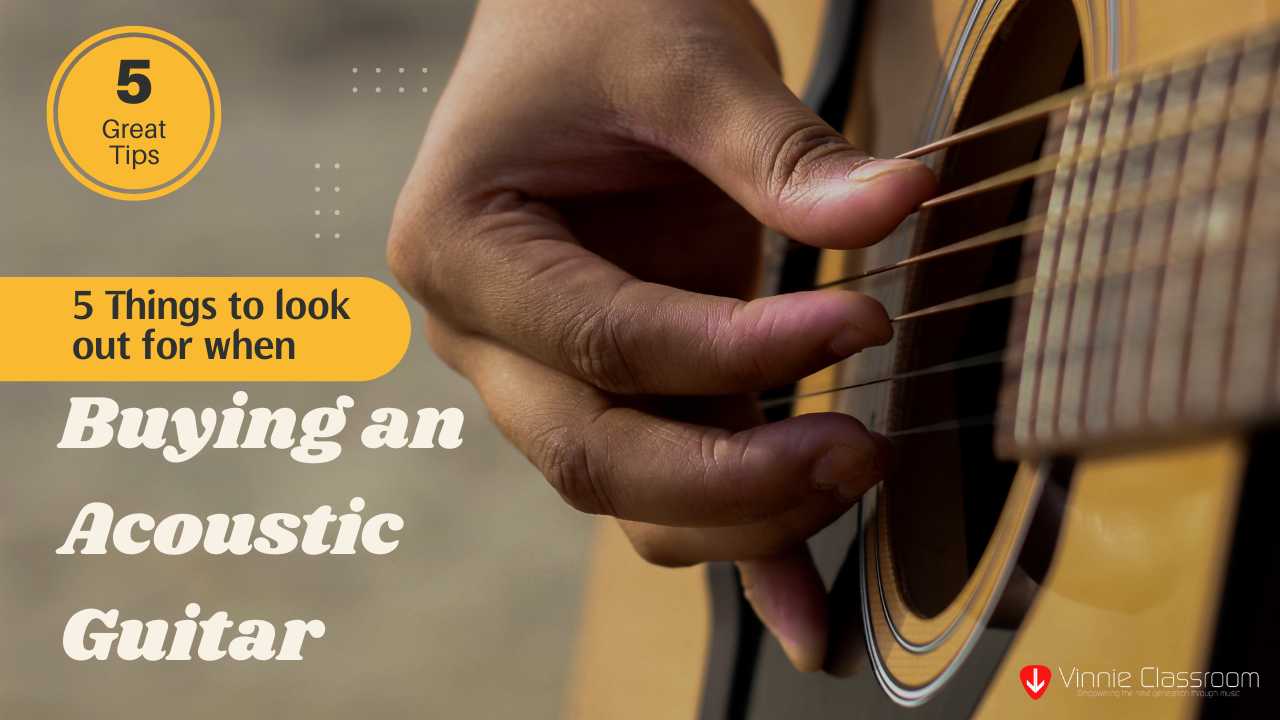
Why should you buy concert tickets to Tommy Emmanuel in Singapore

Although acoustic fingerstyle guitar legend Tommy Emmanuel has performed numerous times in Singapore over the span of his career. It is just not enough to satisfy the folks passionate about the acoustic guitar. Those taking up fingerstyle guitar lessons in Singapore lack sufficient exposure to professional performances like this, too. If you are unaware, the last gig Tommy did in Singapore was back in 2017! That is 8 years ago! Many of our acoustic guitar students were just little kids and are now working adults!
A tall order (not Tall Fiddler)!
If anyone is able to connect me, I’d be thrilled to interview Tommy during his time in Singapore. I’ve previously had the pleasure of interviewing Paul Gilbert and Jack Thammarat, and I’m always eager for the opportunity to speak with influential guitarists. Feel free to reach out to me at Vinnie@VinnieClassroom.com. Thank you!
Tommy Emmanuel is becoming inconsistent with his visit to Singapore
Perhaps we can blame it on COVID-19, or we can blame just how small our acoustic fingerstyle guitar community is in Singapore. Tommy doesn’t make frequent visits to Singapore, even though we are a perfect layover before he heads back home to Australia. This inconsistency makes every one of his gigs here in Singapore so endearing and in demand.
I thought it would be easy to find all the past gigs Tommy Emmanuel had performed in Singapore on the internet. But the internet, probably due to maintenance costs, is quite a forgetful place! Plenty of past information became blurry or completely erased from the records. Hence, this is my best effort at compiling his past performances in Singapore.
Tommy Emmanuel’s Past Tour Dates in Singapore
- 23 Oct 2006 Victoria Theater – I remember attending the masterclass and his concert later that evening. It was my first experience with watching Tommy Emmanuel up close!
- 21 July 2007 Esplanade Concert Hall – My deepest impression of that concert was when Tommy sang I Still Can’t Say Goodbye. A song he dedicated to his late father. I’ve also got my guitar and ukulele signed!
- 29 Oct 2008 DBS Auditorium – Oh I remember this one. To me, the downgrade of venue was noticeable. Though the smaller hall made the experience more intimate.
- 29 Oct 2009 DBS Auditorium – I found a cool interview by a soft member who had the rare opportunity! I got my guitar
- 24 Oct 2010 Esplanade Concert Hall – For some reason, I have no memory of this concert. Though I remember that it was the era of iRig and iPhone 4!
- 26 Oct 2013 Esplanade Concert Hall – Perhaps the only concert that he brought a guest, Martin Taylor! Who plays neither the Martin nor the Taylor guitar.
- 31 Oct 2015 Esplanade Concert Hall – Vinnie Classroom has just entered our 2nd year!
- 5 Sep 2017 Esplanade Concert Hall – By now, it is obvious that Tommy loves the Esplanade Concert Hall.
Where to buy tickets to Tommy Emmanuel’s Gig in Singapore for 2025
A big shoutout to Naga Guitar Studio Pte Ltd for organizing Tommy Emmanuel’s concert for 2025.
Date: 31 Aug 2025 (Sistic link)
Location: Gateway Theater (Google Maps link)
Tommy Emmanuel has a huge influence on Vinnie Classroom
There aren’t many music schools in Singapore that will offer guitar lessons specifically for fingerstyle guitar. The vast majority prefers strum and sing when it comes to the acoustic guitar. Understandably so because fingerstyle guitar has a niche market, and most students in Singapore have too much school work anyway! Still, there are some of our students who were able to devote part of their busy schedule to learning beautiful tunes from Tommy Emmanuel. As a guitar teacher, it is always a joy to see our guitar students mastering such complicated pieces and the look on their satisfied faces.
Sign up for guitar lessons and learn some Tommy Emmanuel’s songs before the show!
While many are able to learn the guitar by themselves, attending guitar lessons can help you achieve that goal quicker!
We are a music school offering guitar lessons at Upper Thomson Road, Singapore. Signing up for guitar lessons with us means learning from a team with over 10 years of experience running a successful music school in Singapore. Over the years, we have refined our teaching methods to ensure they are engaging, effective, and tailored to suit students of all ages and skill levels. Our commitment to excellence goes beyond lessons—we organize annual recitals! It provides our guitar students with the opportunity to showcase their progress, build confidence, and experience the joy of performing.
Conclusion
Tommy Emmanuel’s concert in Singapore is for everyone. It doesn’t matter if you are a seasoned guitar player, a beginner, or someone who doesn’t know anything! If you love music, good music, you should not miss this show. While I have no clue if Tommy will be resuming his annual shows in Singapore, I am not risking it by skipping this year’s.
If you are keen to learn more about guitar tuning through proper guitar lessons, consider taking a Trial Lesson with us! I am sure with our decade-long experience, we will be of valuable help to you. Contact us through these easy channels! 🙂














:max_bytes(150000):strip_icc():focal(149x0:151x2)/pope-francis-2-300-d772d4ce8a1f43078bff9db994495022.jpg)





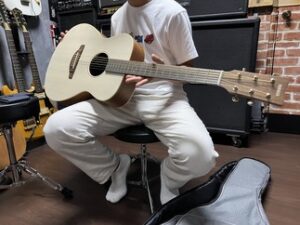



 In today’s world, digital tuners have made things so convenient that many guitarists. They tune up without truly understanding why they need to tighten or loosen a string. It’s like how Singaporeans are losing their dialects, then their mother tongues—guitarists are losing their ability to hear the notes properly! If you’re interested in sharpening your ear, check out our
In today’s world, digital tuners have made things so convenient that many guitarists. They tune up without truly understanding why they need to tighten or loosen a string. It’s like how Singaporeans are losing their dialects, then their mother tongues—guitarists are losing their ability to hear the notes properly! If you’re interested in sharpening your ear, check out our  However, Eddie has a special way to tune the B string on his guitar. He famously tuned his B string slightly flatter so that it would sound more in tune when he plays certain harmonies. For example, in the song “Running with the devil”, the B string would hit a major 3rd note and cause a dissonant tone against the root note. The dissonant tone prompted Eddie to go against the rule and tune his B string slightly flatter so that it fits better with the root note. Here’s what Eddie said.
However, Eddie has a special way to tune the B string on his guitar. He famously tuned his B string slightly flatter so that it would sound more in tune when he plays certain harmonies. For example, in the song “Running with the devil”, the B string would hit a major 3rd note and cause a dissonant tone against the root note. The dissonant tone prompted Eddie to go against the rule and tune his B string slightly flatter so that it fits better with the root note. Here’s what Eddie said.

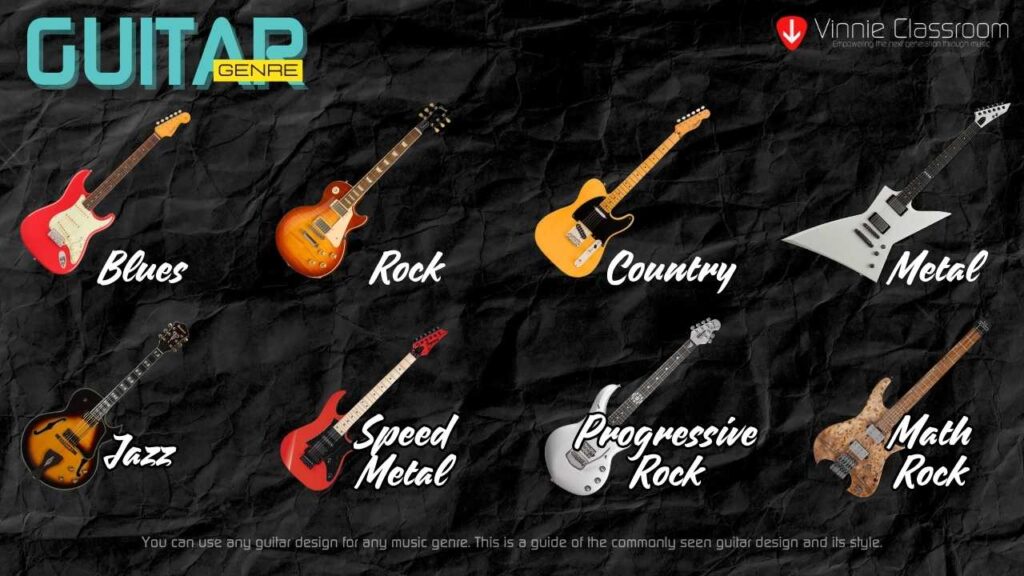 Pros of Learning the Electric Guitar First:
Pros of Learning the Electric Guitar First:

